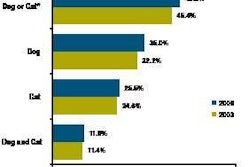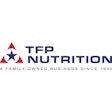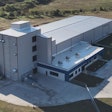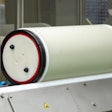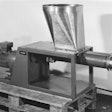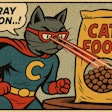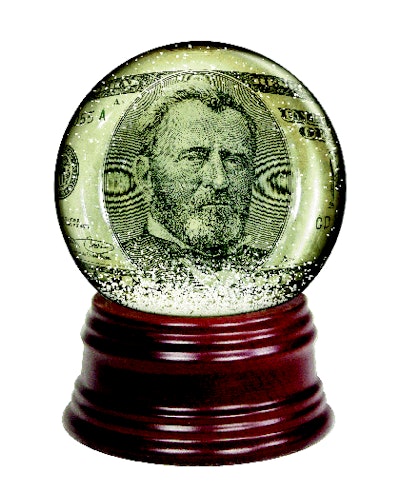
Oh, for a crystal ball...
Though businesses usually rely on financial data and expert analysis to predict how their costs might change, petfood professionals in charge of tracking raw material prices could be forgiven for wanting a magical device to help them see into the future.
At this point a year ago, signs were starting to point to a rapid rise in the price of commodity ingredients common to petfood. Last summer saw a frightening spike, followed almost as quickly by a deep dive this past fall. For example, the price of a bushel of corn-at about US$4 exactly a year ago-zoomed to a high of US$7.38 in early July 2008, according to the Jacobsen Publishing Co. By October it had fallen to below US$5, then all the way down to US$3.79 at the time of this writing.
The fluctuation in prices is no surprise considering the current global economy. And not all commodity prices are declining; for example, poultry ingredient prices are still trending higher due to demand issues and uncertainty with key suppliers. The volatility is enough to keep any purchasing manager-not to mention supplier-guessing. "It reminds me of skiing," says Gregg Griffin, sales manager of American Dehydrated Foods Inc. ( ADF ). "We're used to skiing on green slopes, and now we've come to a black slope and have no choice but to go down the black."
As energy goes
Besides the overall economy, Griffin and others tie commodity prices directly to energy costs, particularly the oil and natural gas that fuel several key cogs in the food and feed supply chain. Griffin cites examples such as transportation-shipping raw materials and finished products around the world by road, train, air and sea-and plant operations-keeping machines running to produce those materials and products. For instance, Griffin says ADF is a "huge consumer of natural gas to operate our spray dryers."
Graphs and charts showing energy prices over the past year follow similar lines and curves as the ones for corn and other commodities. Case in point: Light crude oil, from which gasoline is made, closed at just over US$42 a barrel at press time-more than US$100 less per barrel than its peak in mid-July 2008.
Some people believe that if you take an even longer view, the link between energy and commodity prices can provide significant clues for the future. "When you chart the prices of grain and oil since 1970, you can clearly see that price spikes for both are aligned," said Giovanni Gasperoni, executive VP of sales and marketing for Novus International Inc., in the July/August issue of Feed International .
Demand and speculation
Joel Newman, president and CEO of the American Feed Industry Association ( AFIA ), agrees fuel prices have a definite impact on commodity prices, but he gives other reasons for the dramatic pricing changes over the past few years. "Because of the current global economy, demand has declined," he says. Before the recession, global demand for food and feed ingredients had increased significantly.
Newman also cites financial speculation in crude oil and commodities, particularly the proliferation of speculative index funds. In 2000, regulations were changed to allow exemptions of such index funds, leading to aggressive investment and soaring prices.
"Prior to those changes, the market allowed users to effectively hedge their positions, off-set by speculative positions, and the market converged as contracts moved to termination dates," Newman explains. In other words, prices moved in conjunction with normal supply and demand.
One of AFIA's key activities, he says, is working with the US House of Representatives Committee on Agriculture to remove those exemptions. "We're also working to have all commodity trades regulated by the Commodity Futures Trading Commission," he adds. Currently that commission , created by Congress in 1974 as an independent agency to regulate commodity futures and option markets in the US, does not have authority for over-the-counter and foreign exchange trades.
No huge spikes?
No one is comfortable predicting specific commodity price changes this year, but it's a safe bet to watch energy. Currently the US government and most economists are expecting oil prices to stabilize and possibly increase slightly from their low levels at the end of 2008. The annual average price is now projected to be US$51 per barrel in 2009, says the Energy Information Administration ( EIA ), in charge of energy statistics for the US government. "The condition of the global economy and production decisions by the Organization of Petroleum Exporting Countries are expected to remain the crucial factors driving world oil prices," says EIA . Falling demand now may create supply problems later.
Newman agrees we will probably not see the huge spikes of 2008 in oil or grain prices, but grain will likely not drop all the way back down to its previous low, which was US$2 to $2.50 for a bushel of corn. He suggests another factor impacting commodity prices will be planting costs, which include seed, fertilizer, fuel for field work and transportation. "Currently planting costs are estimated to be about 25% more per acre than a year ago, which will require a higher floor level of pricing," he says.
A key indicator to watch is the global stocks-to-use grain ratios: the amount of inventory at the end of the year relative to what is normally used annually. The ratio had dipped precariously in recent years and is still too low, Newman says, which tends to drive prices up. "It will take more than one good harvest year to improve global inventory levels."
The fact that the 2008 US corn harvest ended up being the second highest ever will help, too, at least with that grain, according to the November issue of Feed Management .
While crystal balls may be in short supply, these clues may help you track pricing for key petfood ingredients.


.png?auto=format%2Ccompress&fit=crop&h=167&q=70&w=250)
